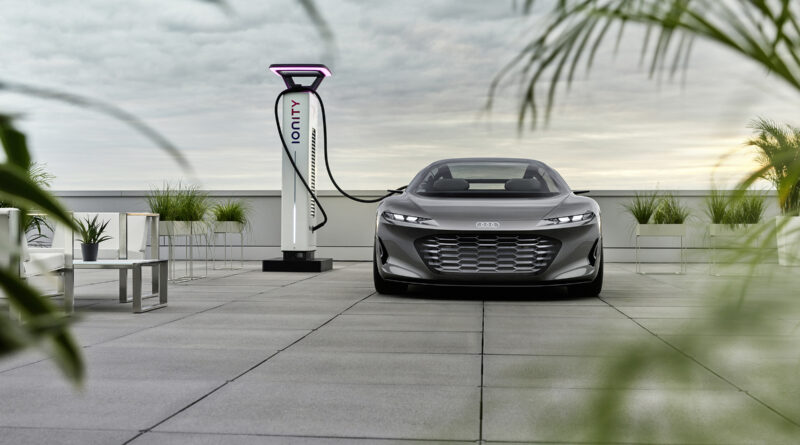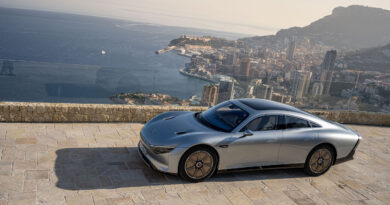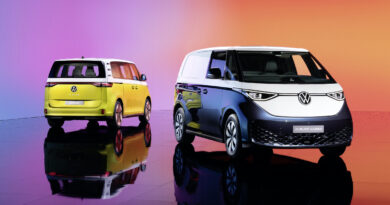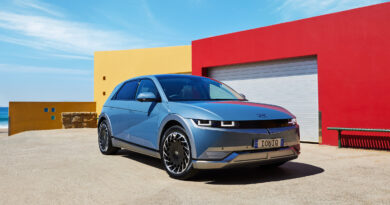Future EV trends: From recyclability and no paint to software and cinemas
Motor shows were once the place for car makers to flag future models and tease or test new designs and features.
Social media and the world wide web have since taken much of the wind from the motor show sails.
Which makes the 2021 Munich motor show all the more exciting – and relevant.
It’s the first major European motor show in two years and is officially known as the IAA, which for years has been held in Frankfurt.
And it gave a good glimpse into the cars of the future and how they are likely to evolve.
Interestingly the things that traditionally grab the headlines at motors shows – power and performance among them – tended to take a back seat.
READ MORE: Urbanaut shows Mini’s EV thinking, minus the chrome and leather
READ MORE: Volkswagen focuses on youth with its circa-$30K electric crossover
READ MORE: Audi Grandsphere EV concept points towards 2025 limousine
READ MORE: BMW i-Vision Circular is the recyled – and recyclable – EV, minus paint
Instead the emphasis has swung towards technology, sustainability and new materials.
Here are the more significant trends shown at the 2021 Munich motor show:
Recylability
Who would have thought that buyers would be tempted to a new model by how easy it is to dismantle for raw materials a decade or more down the track? That’s exactly what BMW is banking on with its i-Vision Circular concept.
While there are no plans to build the truncated concept car, some of the ideas in it are indeed headed for the production line. And it’s sustainability and ease of recycling that BMW believes will increasingly define the premium car class.

There’s minimal use of glues, for example, with BMW instead using press studs, cords and quick release systems to allow components to be easily removed.
No leather
In line with the sustaimabilty theme cars that rely on animal products are increasingly less desirable, especially with younger buyers.
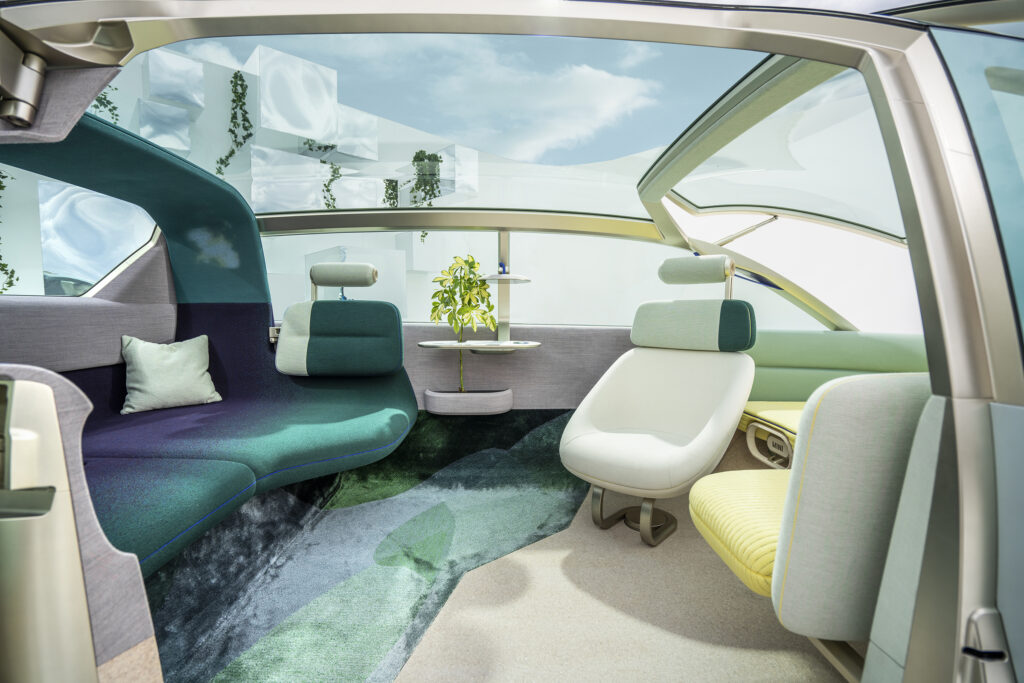
Audi, Mini, BMW and others all showed cars where finishes other that leather – typically made of recycled or sustainable materials – where used to cover seats and steering wheels. Expect that trend to continue.
No paint
The Mini Strip that was created with fashion designer Paul Smith released a few weeks ago showcased how good raw finishes could look.
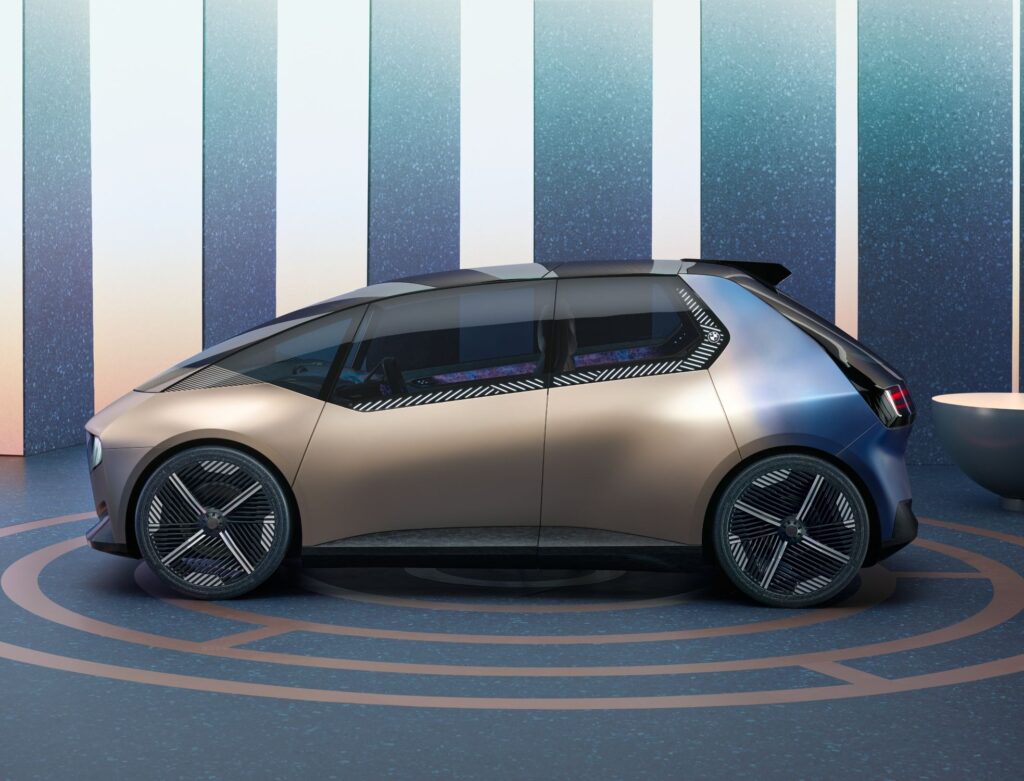
BMW stepped it up a level with its i-Vision Circular, which again did without traditional paint, letting the metal tell the colour story. It included some heat treatment at the rear that showed how much depth and variation could be added simply in the way the raw materials were treated.

From Volkswagen, the colour of its ID.Life concept came from wood flecks added to the clear coat finish. As well as some interesting depth to the surface of the car – similar to that you might see in a Caesarstone benchtop – it added an eatheriness that somehow worked with the funky compact nature of the electric hatch that will form the basis of a future ID model.
Less chrome and jewellery
Back to basics is one of the strong themes of modern cars.
The Volkswagen ID.Life concept perfectly encapsulates that, with very little of the chrome glitz and glistening glamour one used to define the face of a car.
Instead, there are simple LED lights built into the front and rear. They still create the all-important details that help define a car, but without additional components.
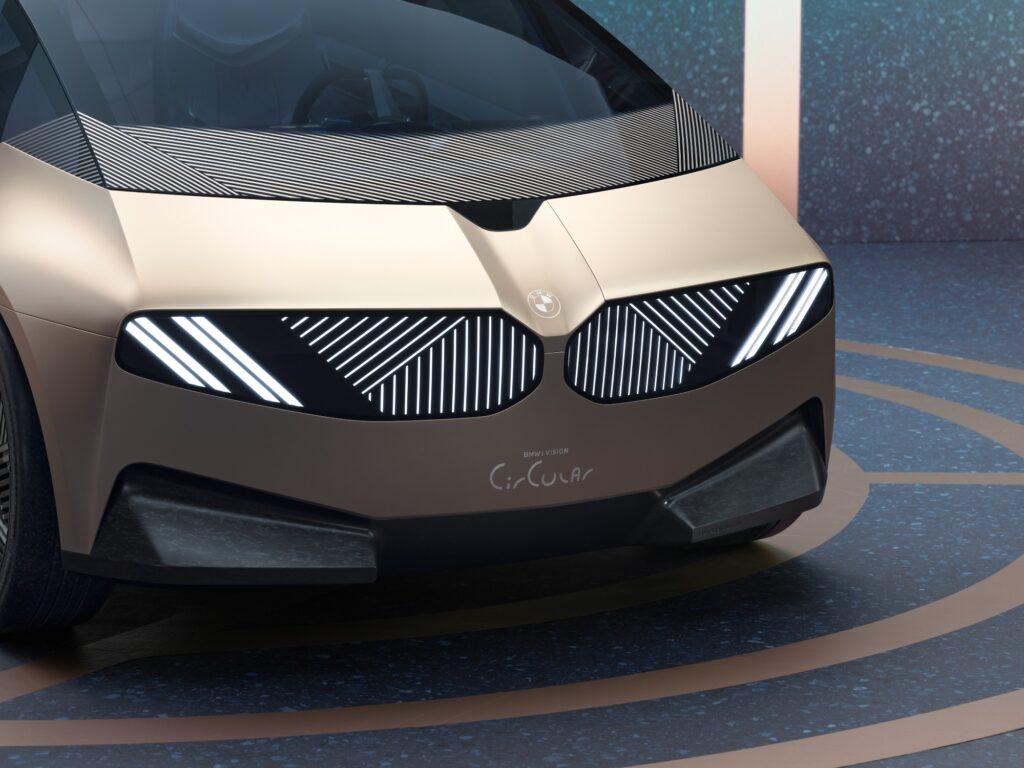
BMW didn’t even bother with a badge for its i-Vision Circular, instead etching the famous roundel directly into the metal on the bonnet.
While it’s a handy marketing tool – the car that does without all those extras – there’s also no doubt something that will keep the automotive beancounters happy, with fewer components during the production phase and less spare parts to worry about.
Partial steering wheels
Are you getting the impression that the good ol’ steering wheel ain’t long for this world?
After all, it’s gone from being very thin and very large in cars from decades ago to being far smaller in diameter, but chunkier in your hands.
And now part of the steering wheel is disappearing altogether.
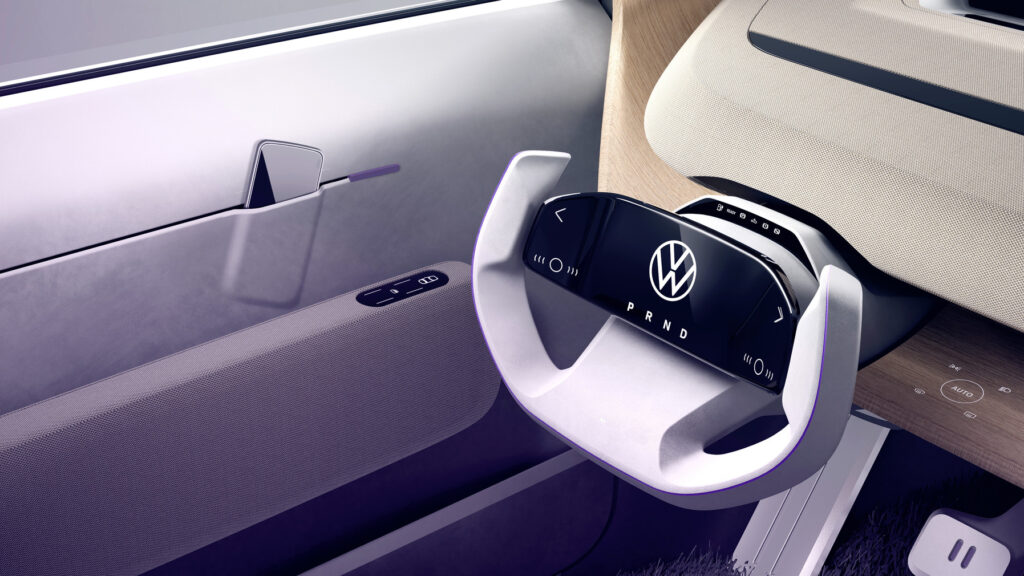
Tesla started it with its updated Model S and Model X, which uses a steering yoke inspired by controls in a plane.
Even Toyota has recently got on board with its bZ4X EV SUV concept.
And now Volkswagen and BMW have shown a similar desire to leave part of the steering wheel out of the circle.
Eco rubber
Even tyres have come in for the sustainability treatment. At least two cars from this year’s motor show used rubber that was not what ordinarily goes into a tyre.
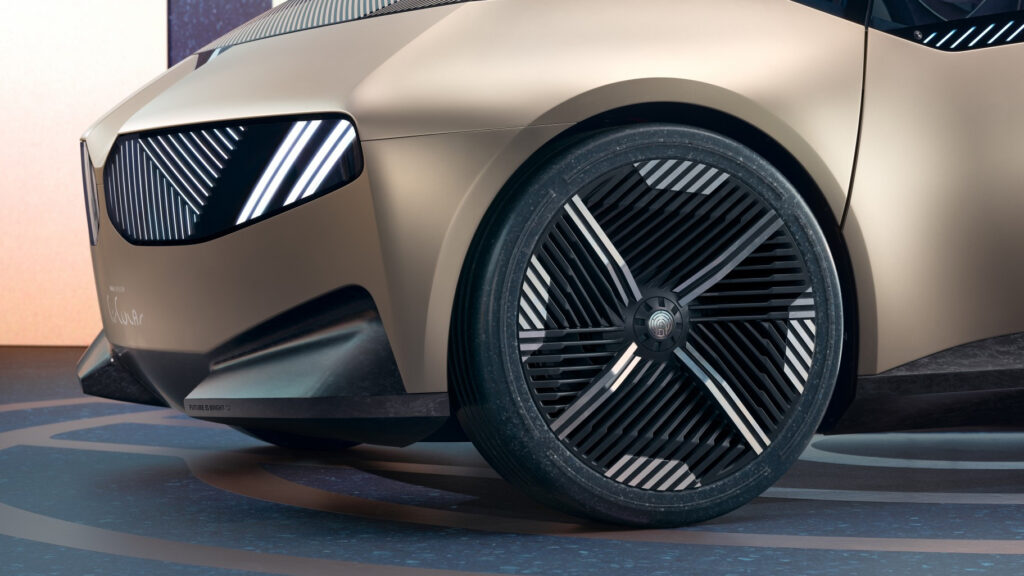
The tyres on BMW’s show car were “made from certified, sustainably cultivated natural rubber and have a slightly transparent appearance”. And Volkswagen used tyres made of “bio-oil, natural rubber and rice husks”.
Software getting serious
Tesla is regarded to have the best software of most car makers.
But the traditional brands are increasingly turning to 1s and 0s to make their cars stand out.
The Volkswagen Group has even created a “software think tank” division called Cariad, which is supplying smart solutions to brands across the company, starting with Audi.
The Audi Grandsphere has some innovative eye control software that extends gesture control by monitoring where someone is looking. There are still physical buttons, but having the ability to also control features with your eyes is something we’re likely to see more of.

The Grandsphere also does away with digital screens and instead uses software to project images onto natural surfaces.
Indeed, software is becoming increasingly important as in car entertainment steps up and semi-autonomous driving systems become more advanced.
The car beyond the car
For more than a century cars have been about transport, albeit with an emphasis on different things for different people, from luxury through to sporty.
But that is gradually changing as semi-autonomous technology gets closer.
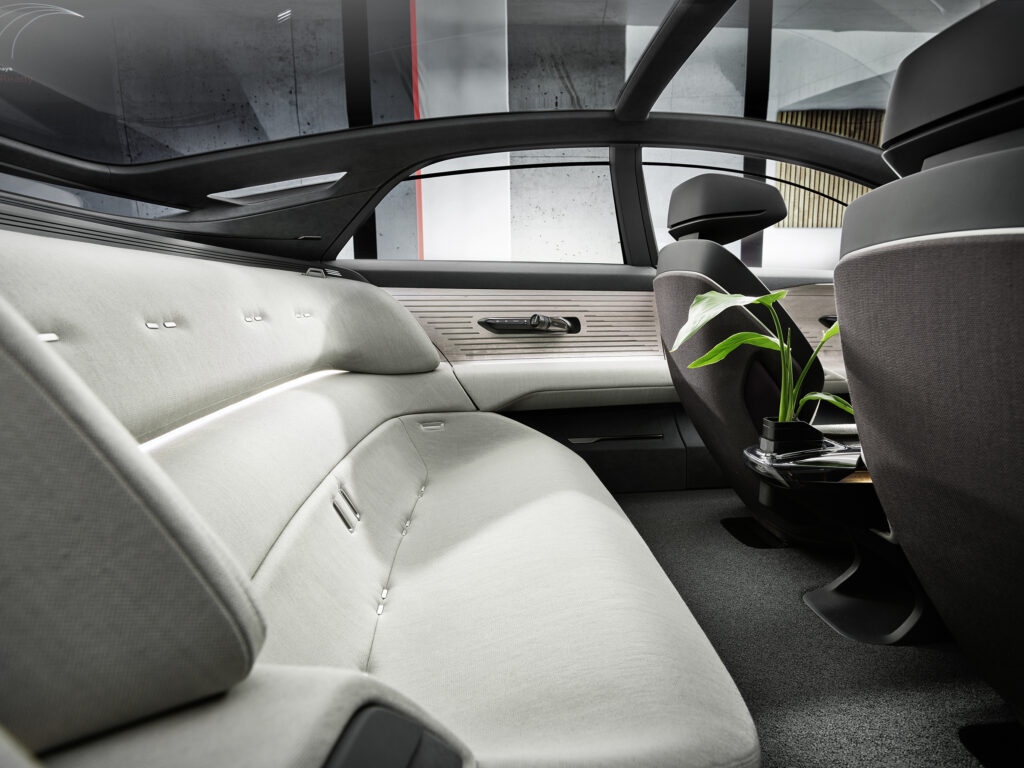
Designers are increasingly looking at what else the car can be used for, something that was front and centre at the Munich show. Audi thinks it can be a space for work and play with the Grandsphere, which also looks like a very nice place to relax. The Grandsphere even has a steering wheel that retracts into the dash to maximise interior space and functionality.
Mini also has fun with friends high on the agenda with the Urbanaut.
And despite its diminutive dimensions Volkswagen believes the ID.Life can double as a cinema for when it’s time to stop.
Focus on youth
Car makers have long focused on younger buyers. They are, after all, the ones that tend to define the trends and the ones who will be buying new cars in future (or, at least, that’s the plan!).
Many of the trends mentioned above have younger audiences as their prime target. Volkswagen says “in creating the ID.Life, we have consistently focused on the needs of younger customers” and that “the car of the future will be about lifestyle and personal expression”.
In other words, cars in future will be about a lot more than transport. Fashion and everyday activities are likely to be far higher on the list than jumping aboard to get from A to B.
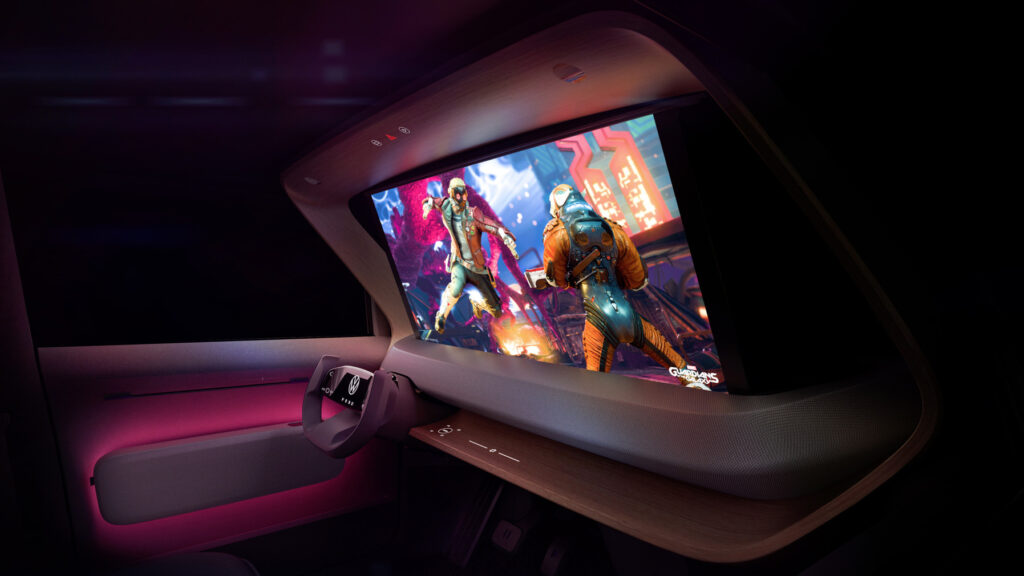
Much of the youth focus revolves around technology and its ease of use and how and what cars are made of.
That’s a trend that ain’t going away.

